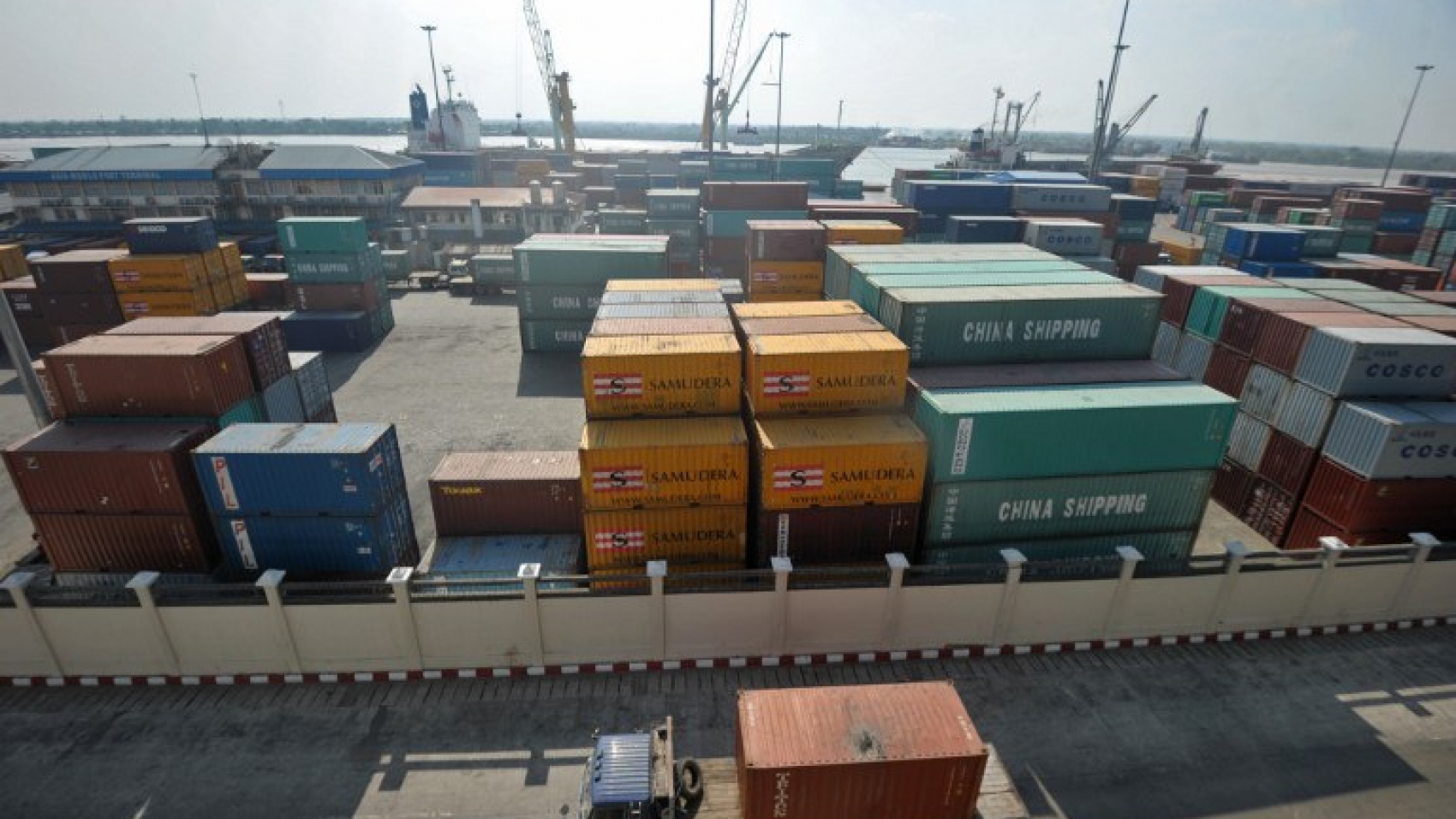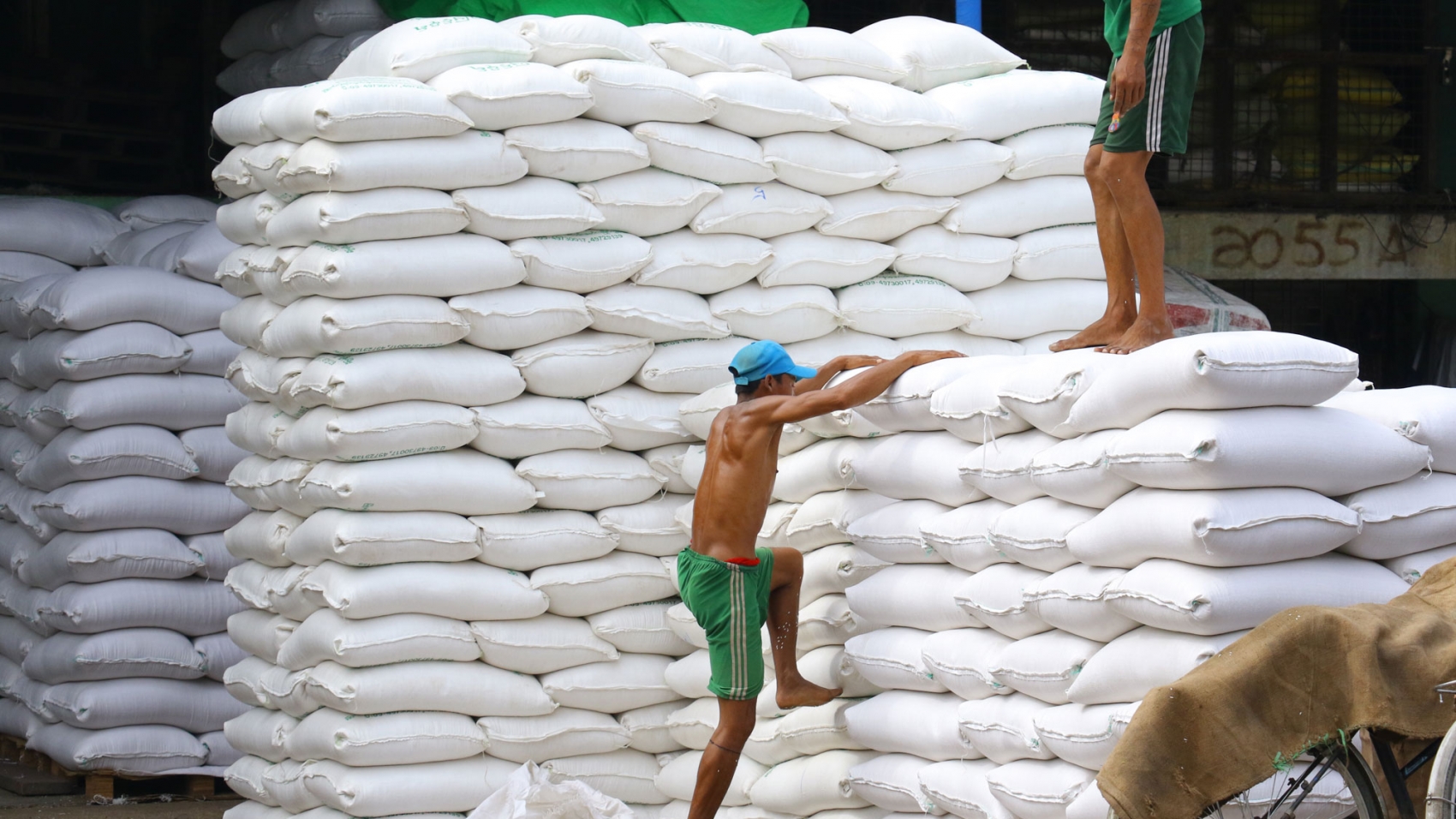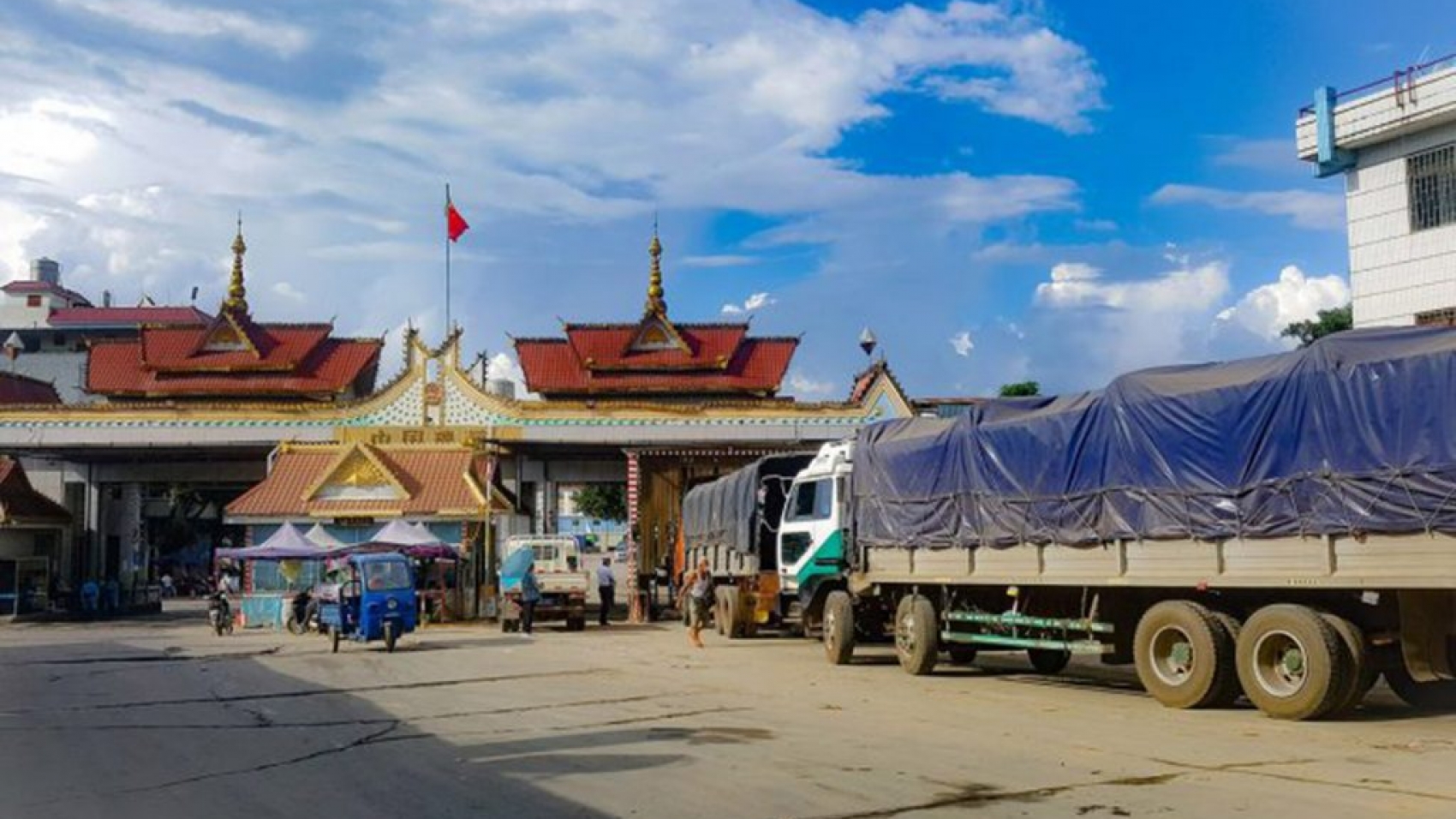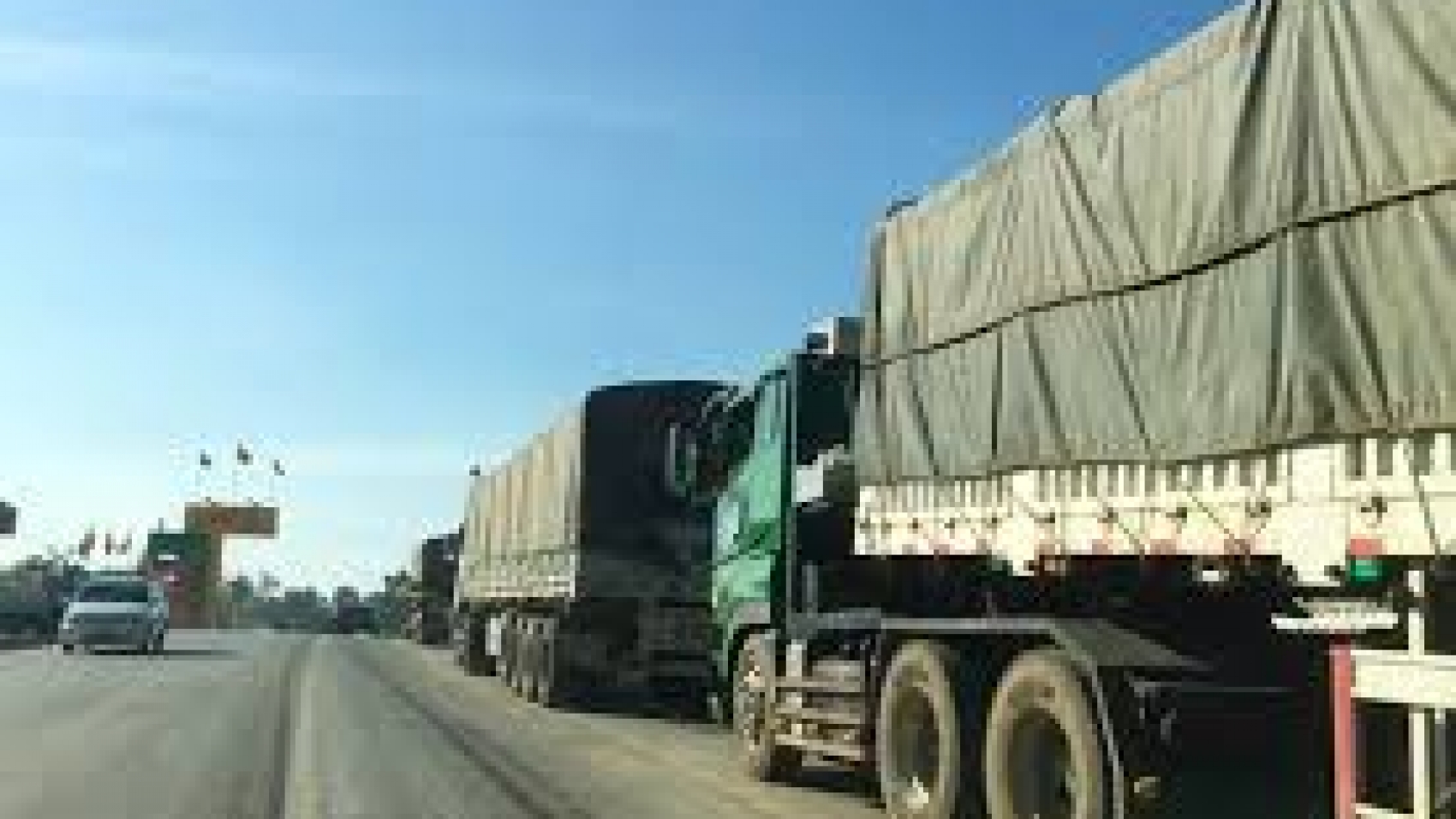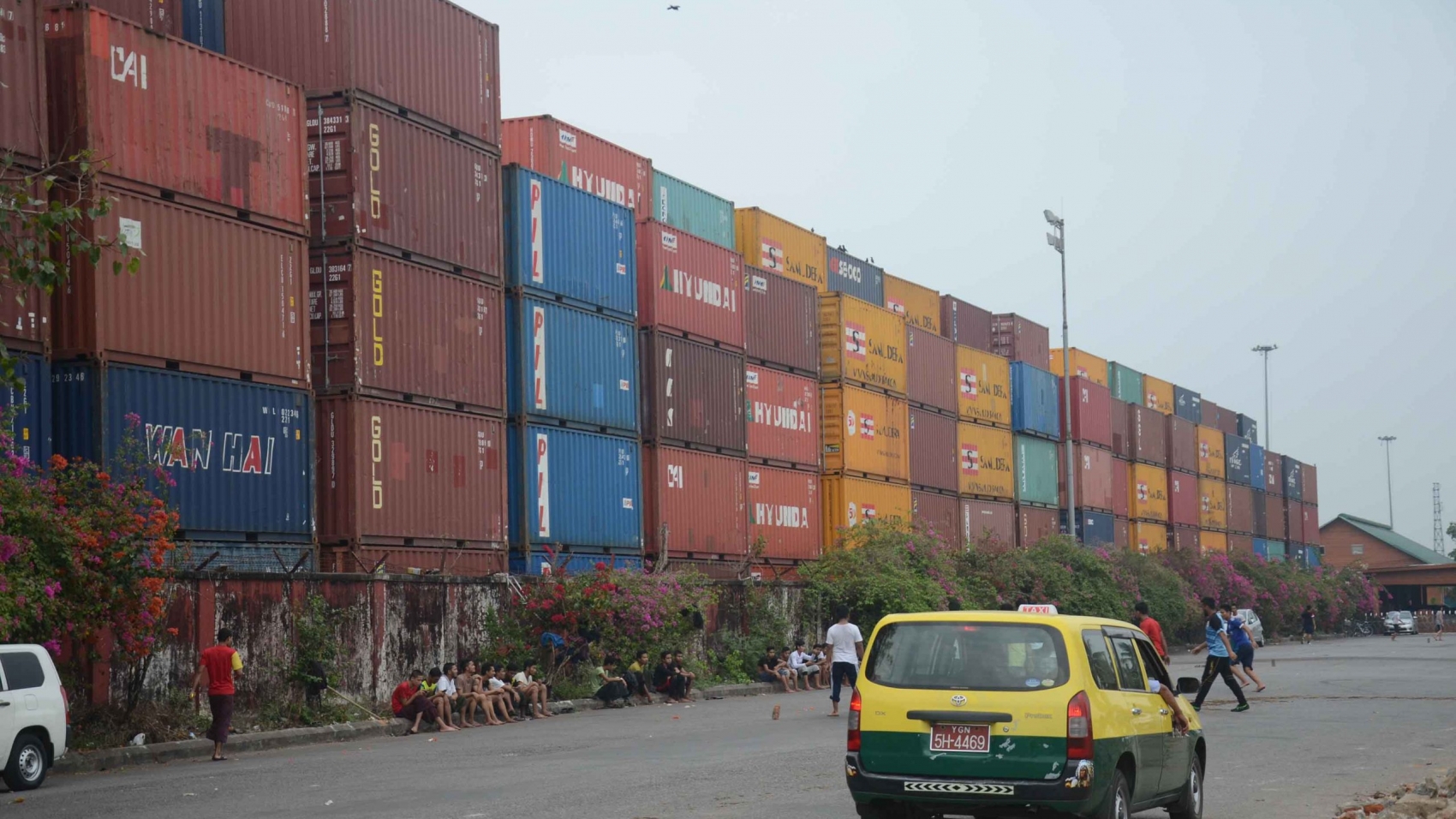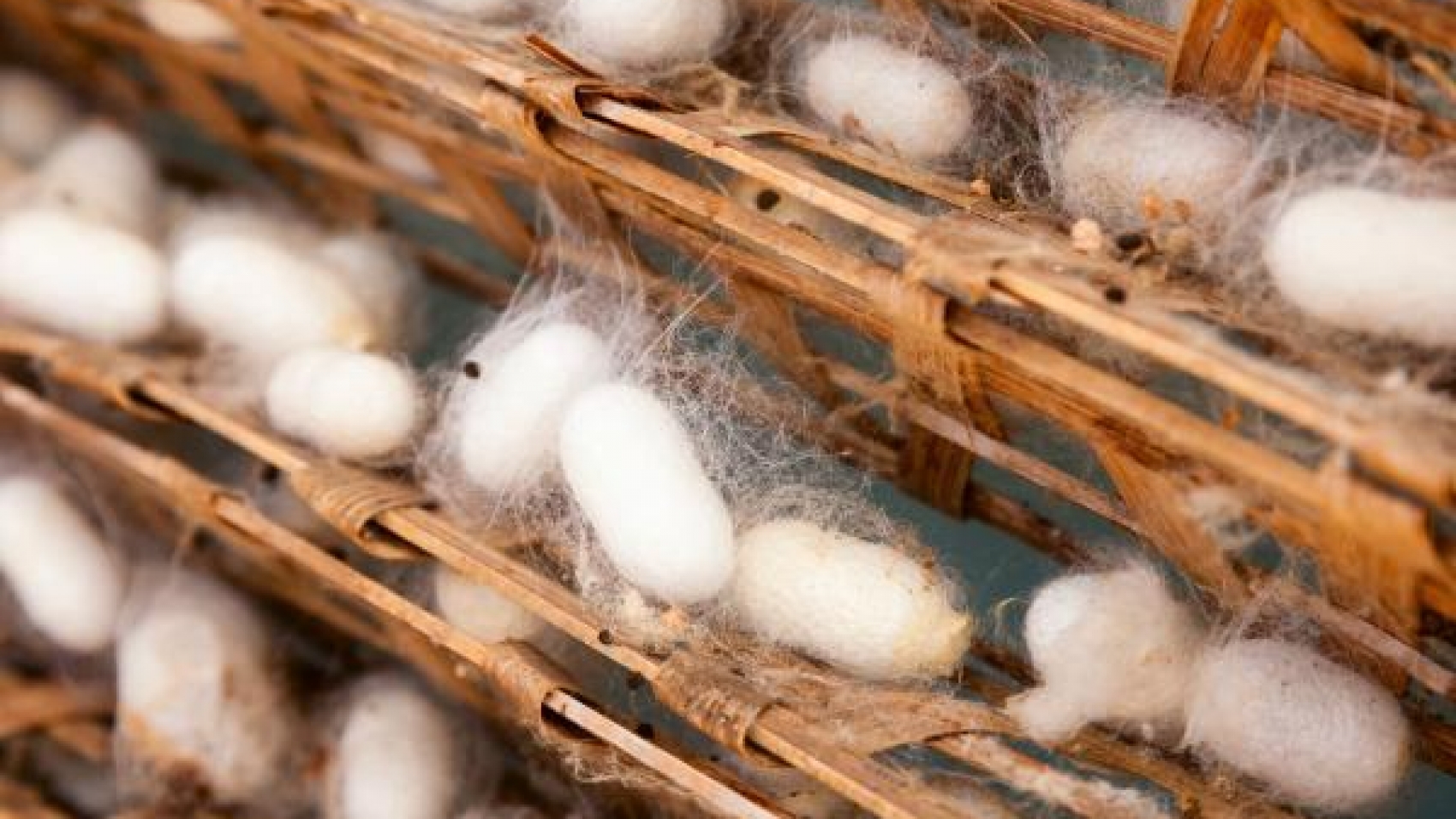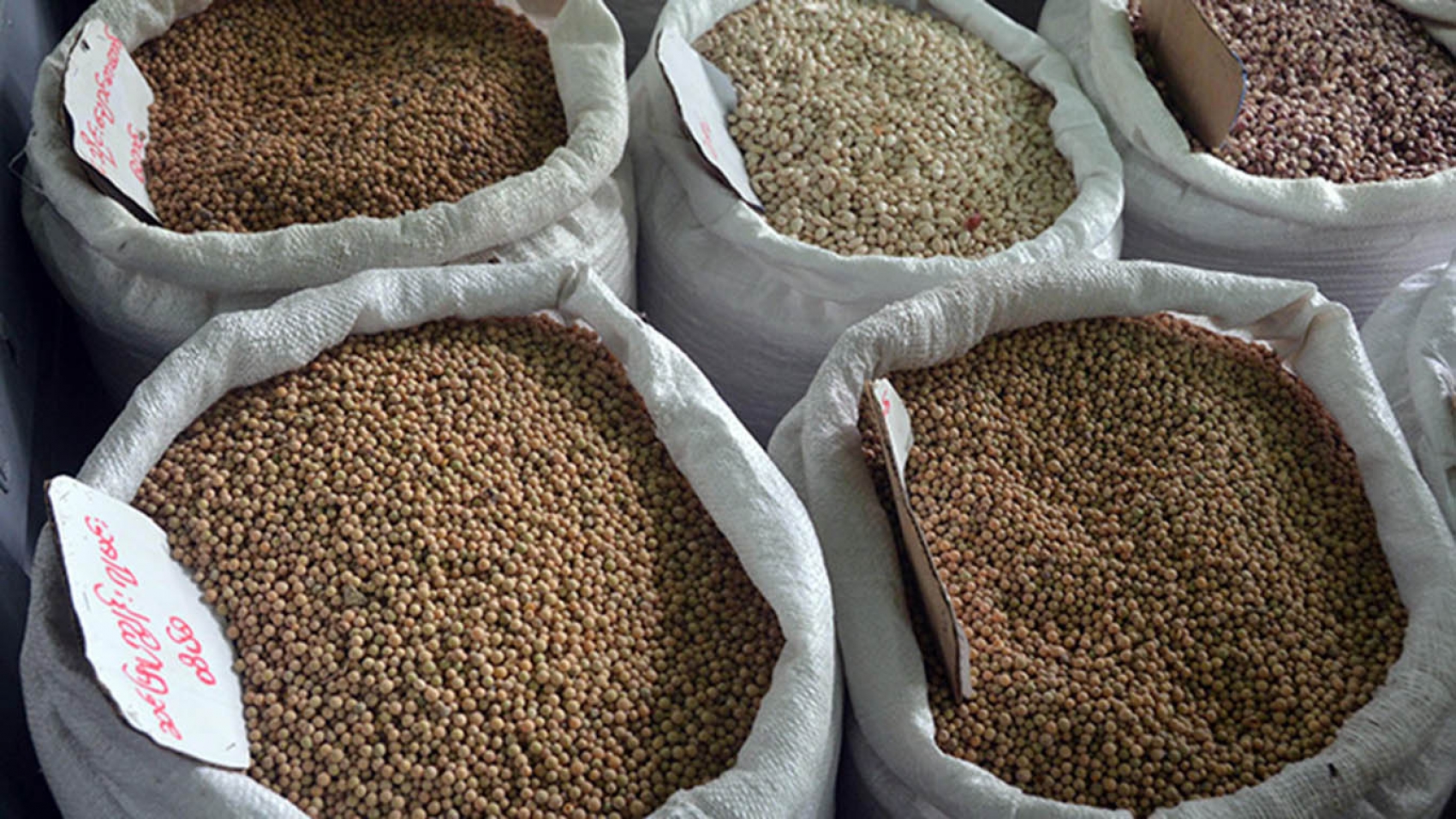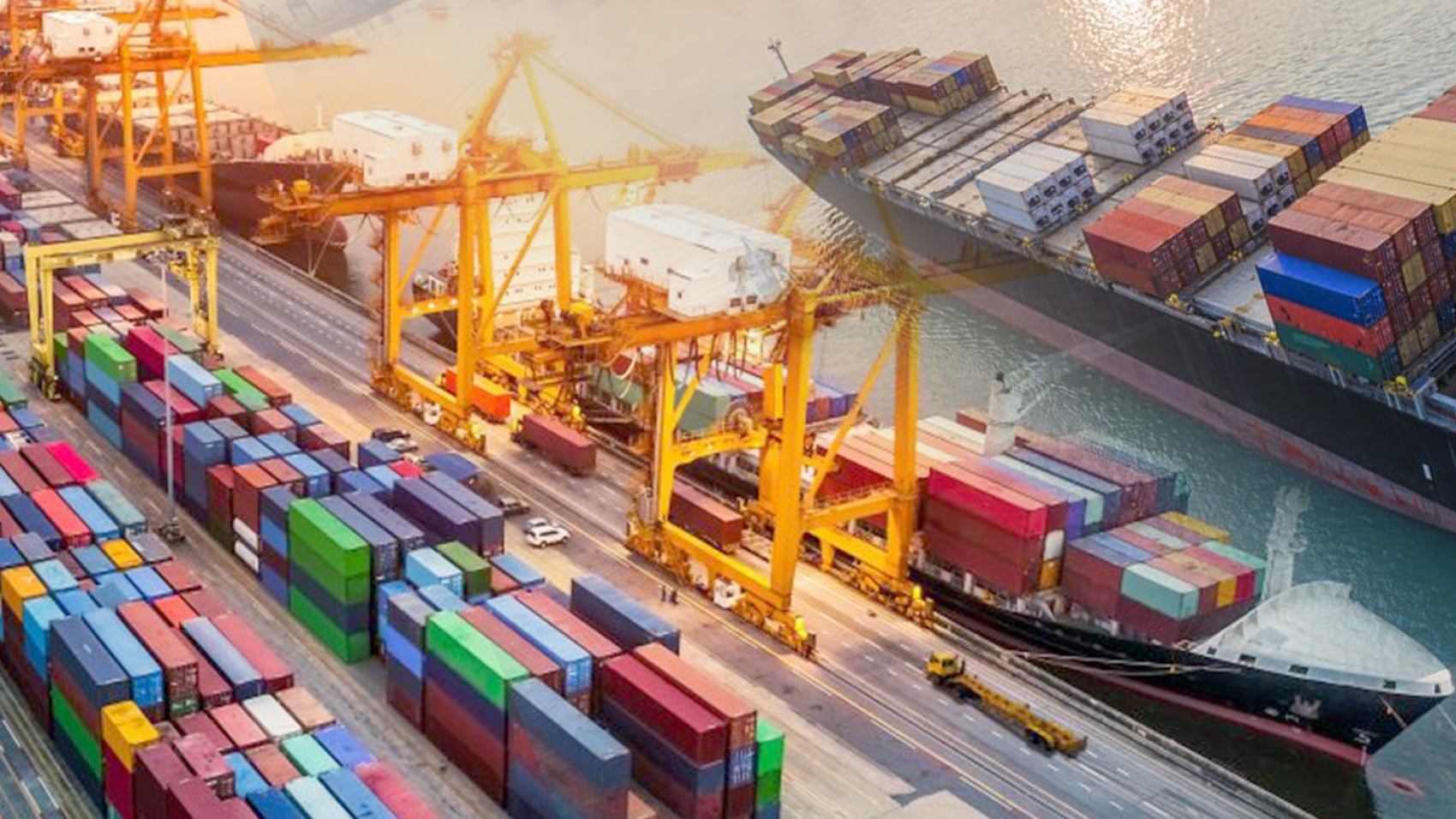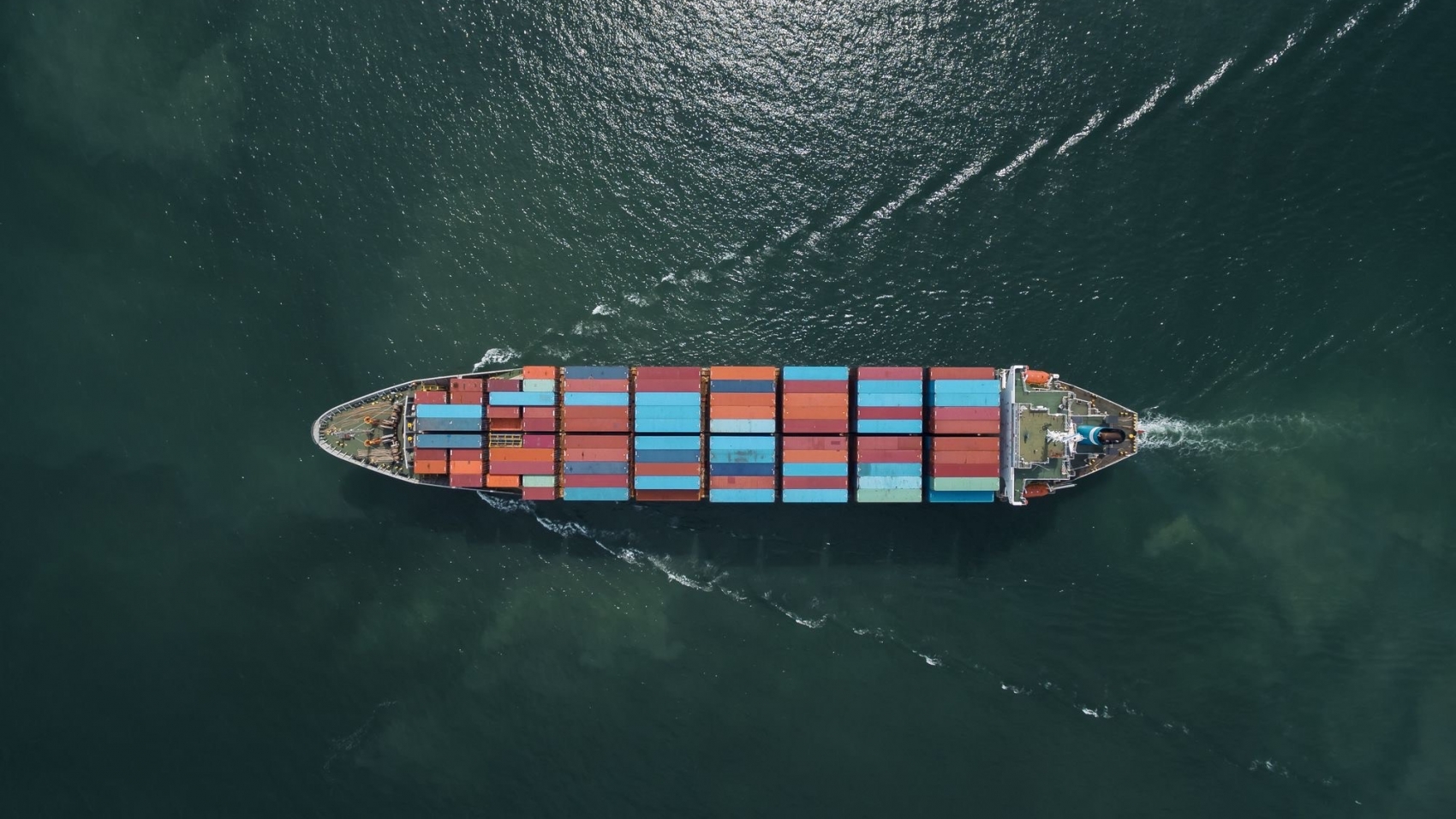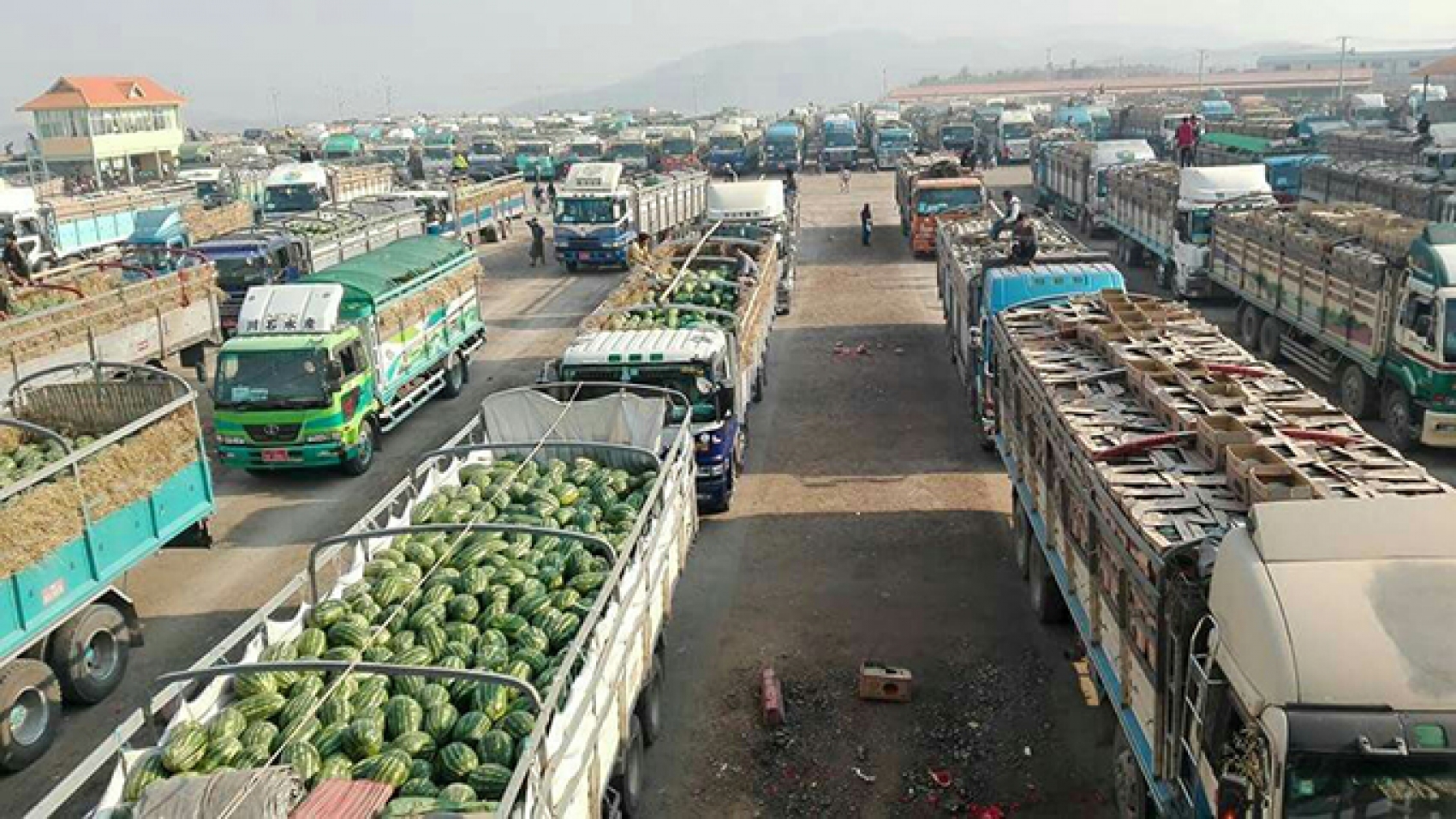During the three months of the 2021-2022 fiscal year (Mini Budget), Myanmar’s exports and imports fell by more than $ 693 million, down from the same period last year, according to figures released by the Ministry of Commerce. From October 1 to the end of December of the 2021-2022 fiscal year, Myanmar’s foreign trade volume was only $ 7.239 billion. In the same period last year, the foreign trade volume reached $ 7.932 billion. In the first three months of the current fiscal year, trade decreased by $ 693.481 million compared to the same period last year. During the same period, Myanmar exported just over $ 3.705 billion, down $ 318 million from the same period last year.
Imports amounted to $ 3.533 billion, down more than $ 374 million from the same period last year. Myanmar exports agricultural products Animal products Fishery products; Minerals; Forest products. According to the Ministry of Commerce, the company is exporting finished industrial products (CMP) and other goods. Imports include investment goods. Business raw materials; Consumer goods Mainly imports CMP raw materials. Myanmar’s annual foreign trade in the 2012-2013 fiscal year was $ 8977.015 million. Imports amounted to $ 9068.914 million and the trade volume was $ 18045.929 million. In the 2015-2016 financial year, exports were $ 11,136.878 million. Imports were $ 16,577.948 million and trade was $ 27714.826 million.
In the 2016-2017 fiscal year, exports amounted to $ 11,998.545 million. Imports amounted to US $ 17,211.062 million and the trade volume was US $ 29,209.607 million. In the 2017-2018 fiscal year, exports were $ 14,883.160 million. Imports amounted to $ 18694.892 million and the trade volume was $ 33,578.052 million. In the 2018 Mini Budget, exports were $ 8861.032 million; Imports amounted to $ 9867.783 million and the trade volume was $ 18728.815 million. In the 2018-2019 fiscal year, exports were $ 17,060.415 million. Imports amounted to US $ 18086.597 million and the trade volume was US $ 35,147.012 million. Myanmar is implementing a national export strategy to increase exports. Fisheries sector; Forest products; Digital products and services; Logistics services; Quality management sector; Trade Information Services; Innovation and entrepreneurship, according to the Ministry of Commerce.
Source: Daily Eleven

